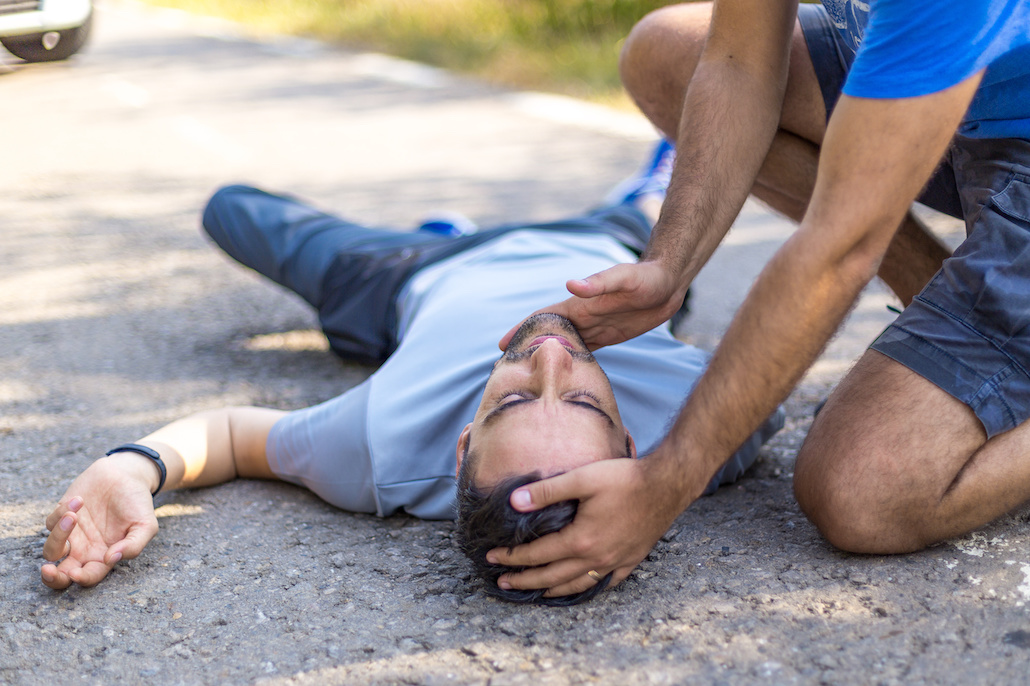The History of Wilderness Medicine and Why That Even Matters
Wilderness MedicineWilderness medicine has been broadly defined as the provision of medical care when environmental conditions play a stronger role in decision making and interventions than the established systems of care.
It’s something we take quite seriously here at The National Center for Outdoor & Adventure Education (NCOAE). We also ensure that all of our field instructors, course directors, and other NCOAE staff hold current certifications in wilderness medicine. On top of that, we teach wilderness medicine courses ourselves.
Editor’s Note: See “What is Wilderness Medicine” here on the NCOAE Blog for a deep dive into defining wilderness medicine.
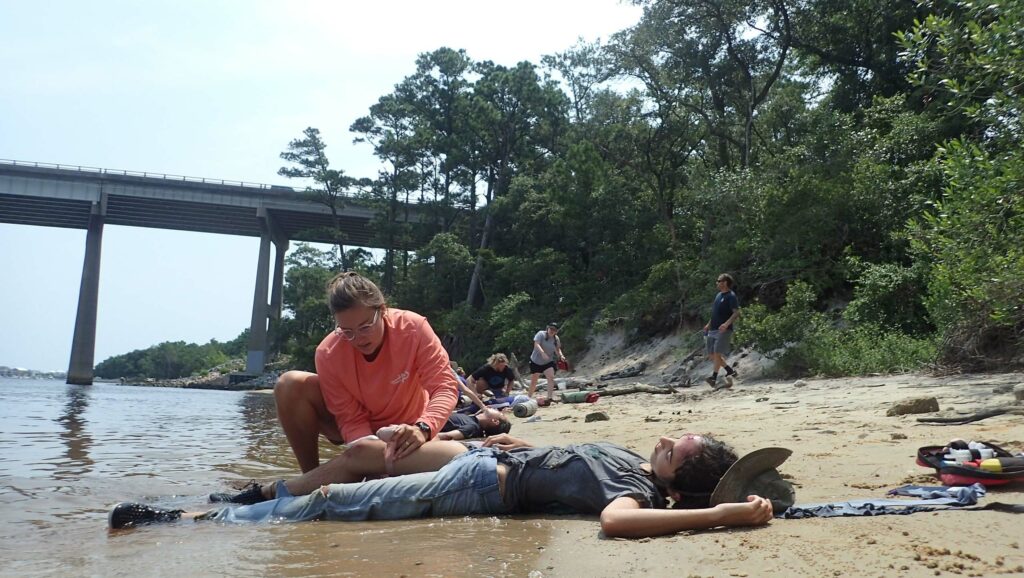
The history of wilderness medicine as we know it today, is generally traced back to the 1980s and the emergence of the Wilderness Medical Society (WMS) in 1983. However, it has been in practice centuries earlier than that. In respect to Western Civilization, caring for the sick and injured in the field has its origin in early Greek and Roman societies. It has certainly been in practice for as long as human beings have been sailing the seas, exploring the world, and engaging in military operations.
Experts in the field of wilderness medicine universally agree that its continued evolution is (more…)
Avoiding Target Fixations and Incident Pits in the Backcountry
Risk Management“Look where you want to go!”
I have conveyed this message to wilderness course participants countless times, shouting, screaming, and using hand signals when necessary. Sometimes I’m yelling above the roar of a set of rapids or the sound of an adjacent waterfall.
“Look where you want to go!”
I emphatically issue the same advice while watching climbers rappelling down a cliff, or verbally guiding a student on a mountain bike through a sketchy section of trail. In each case, the point of my shouting is to get the students to stop looking at the obstacle.
“Look where you want to go” really translates as “Stop looking at the obstacle! Don’t fixate on the hazard!”
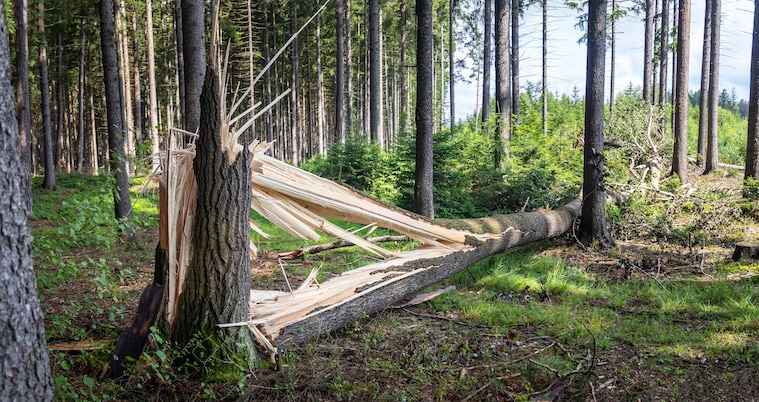
And it doesn’t matter if you’re a Wilderness First Responder approaching the scene of a backcountry incident, or a student on a wilderness course attempting to navigate a perceived hazard or obstacle, looking too closely at a hazard you want to avoid can be very dangerous.
At first glance — no pun intended — you might think it wise to actually look closely at the hazard you want to avoid. No argument there. You absolutely need to identify obstacles, especially in the backcountry and other places considered Wilderness. In fact, identifying an obstacle is a key factor in remaining safe.
But here’s the thing: (more…)
The Role of the Wilderness First Responder During Water Rescues
Wilderness Medicine TrainingIt may surprise you to learn that drownings — along with heart attacks and falls — are among the leading causes of death for those who venture into the wilderness for recreation or education in the United States.
Statistics show that there are nearly 4,000 fatal drownings each year in the United States, with a little more than 8,000 nonfatal drownings. These figures include boating-related drownings. In fact, the threat of drowning is so prevalent that the first edition of the NCOAE Wilderness Medicine Field Guide devotes an entire section to Environmental Submersion and Drowning Injury.
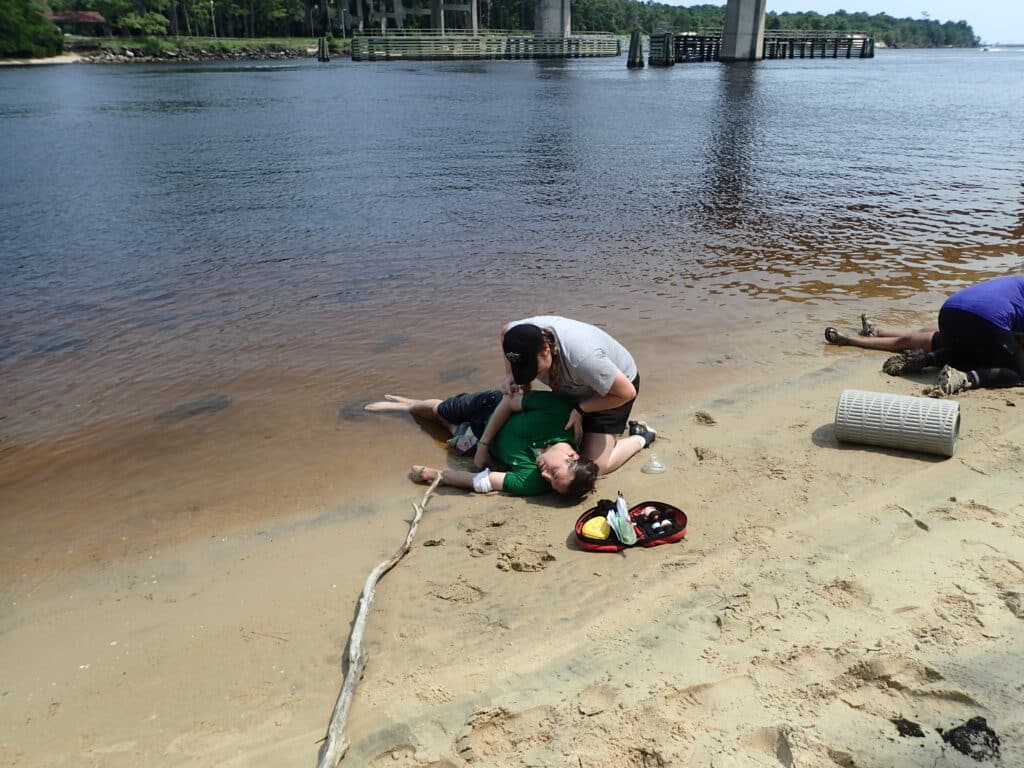
Of course, it’s during the spring and summer that most outdoor explorers are on the water, including those participating in backcountry expeditions. Lakes, rivers and streams provide much-needed relief in the backcountry on a hot August afternoon and are sought-after destinations for many outdoor enthusiasts.
For those training to become Wilderness First Responders (WFR) and those participating in Wilderness First Aid (WFA) training, a major consideration is assisting with medical emergencies that occur on or near the water. (more…)
Wilderness Courses in the New Year: Fresh Beginnings, Adventures, and Trails
About NCOAEMuch like most educational institutions this past year, we find ourselves looking down the road toward new beginnings. And for us here at The National Center for Outdoor & Adventure Education (NCOAE), that means new wilderness courses, upgraded emergency medicine education courses, and more wilderness medicine education programs. Long before 2020 faded into the rearview, we took a fresh and hard look at what we do, why we do it, and how we can do better by you — our students and client organizations.
As we emerge from the pandemic, we’ve designed courses that offer our participants more flexibility, greater breadth of instruction, and fresh course areas that will draw you deeper into the wild and yourself.
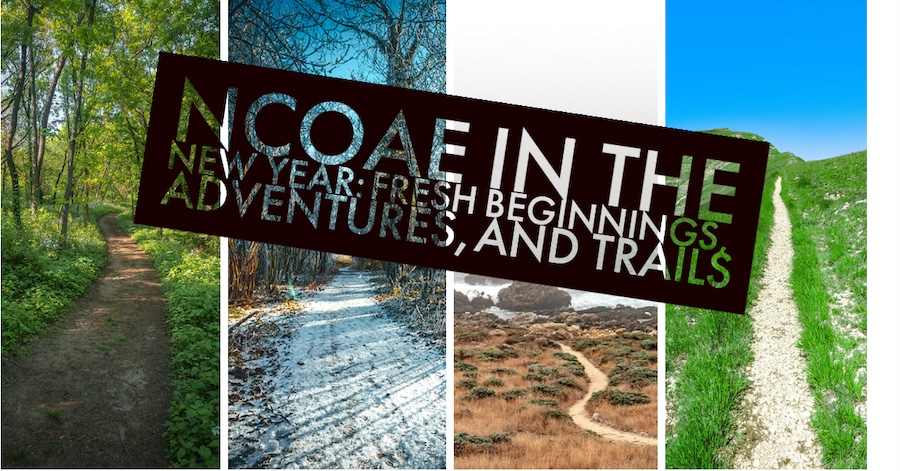
If your desire is to help yourself to adventure, here are a few of our offerings:
Emergency Medicine Education and Wilderness Medicine Education
We have worked hard to make Emergency Medicine Education and Wilderness Medicine Education easier to access and more flexible to participate in. Our hybrid medical courses enable you to start things off in your own home. That’s because one of the largest obstacles facing our students in the past was leaving home, quitting a job, or getting time off from work, and spending their savings on accommodations and food for extended periods of time. For some people, this trifecta of changes meant they had to abandon their dream of becoming part of the medical workforce.
Here at NCOAE, we design course that exceed industry standards, which means you will be a leader in knowledge and practice. Depth of instruction is not compromised by the hybrid format. In fact, our hybrid courses will prove to be a huge win for you, as studying from home only enhances the hands-on education that occurs once you’re on-site with us for the practical portion of your training.
(more…)Six Tips on How Best to Respond to a Medical Emergency
Medical TrainingIt’s pretty well known that we here at The National Center for Outdoor & Adventure Education (NCOAE) are experts when it comes to training our students how to respond to medical emergencies in remote or wilderness settings. Less known is the fact that we also educate anyone interested in training that satisfies the eligibility requirements for the National Registry of Emergency Medical Technicians.
As a result, we teach our students to recognize that medical emergencies can happen anywhere and at any time. And it’s how we respond to those emergencies that makes all the difference in the world.
Below are tips in six categories — including safety, recognition, requesting help, patient communication, and being prepared — when handling a medical emergency.
Safety. Don’t be afraid to help, but don’t become part of the emergency. Use extreme caution near roadways or in hazardous environments. Take a few extra seconds to stop traffic or put on your life jacket.
Recognize that an emergency is happening. Whether you’re dealing with a friend or a stranger, if something seems wrong, ask if they are OK. When is something an “emergency?”
- Breathing: When someone is having trouble breathing, always consider it an emergency.
- Circulation: Many conditions, including heart attacks, can cause the heart to have difficulty pumping blood and can be rapidly fatal. Don’t wait, assume.
- Significant traumatic injuries: Falling from high places or being hit by a car are obvious examples of events that can cause significant injury. However, even if the person involved seems OK at first, assume there are unseen internal injuries.
- Neurologic problems: Any time the brain does not seem to be functioning correctly — even if it’s only mild confusion. Or if someone can’t use/feel one or more of their extremities. These are all emergency situations.
Call for help. This may be as simple as (more…)
TALK TO US
Have any further questions about our courses, what you’ll learn, or what else to expect? Contact us, we’re here to help!
